







Taiwan Travel Guide

🗝️ Key Facts
🏛️Capital: Taipei
💶Currency: Taiwan Dollar (NT$) (TWD)
🕙Time Zone: +8 GMT
📞Phone Code: +886
🌐Language: Mandarin (Chinese)
✈️Best time to visit: October-March
🍴Eat: Beef Noodles, "Stinky Tofu"
🍷Drink: "Bubble Tea", Oolong Tea
🗺️Don't miss: "Elephant Mountain view" (Taipei)
🗺 Menu of Contents:

Taiwan, also known as the Republic of China (ROC), is an independent state in East Asia. Situated off the coast of mainland China, mountainous Taiwan buzzes with action. From thriving cities to its outstanding natural beauty. Taiwan is among the most densely populated states, however, with its large population and pro-economics, it is not a member of the United Nations (UN).
This is due to much controversy about its politics. Chinese nationalists fled to Taiwan when the Communist Party seized control in 1949. Under their leader, Chiang Kai-Shek, they left the mainland with national treasures, gold, and foreign reserves. Their goal was to regroup and retake China. However, this failed to materialise, and relations between the two parties remain tense. Still, Taiwan has thrived since the civil war ended.
The autonomous island, enjoys much freedom today, its cities are wonderfully layered, with traditional folk festivals and ancient temples existing alongside glass-fronted boutiques and bustling streets. The mix of Asian cultures is very much presence in Taiwan, with heavy influence from Japan (organization, security, work), South Korea (food, transport) and China (language, food). The island enjoys profitable connections with the rest of the world and has many business ties, which help establish itself as a leader in innovation, technology and science.
It's society and people are another reason why so many people fall in love with Taiwan. Locals are friendly and helpful and are very welcoming to visitors. It's traditions and customs are still very present in the society, however the freedom that the country enjoys, gives more openness and liberty to its people, specially in pro-liberal cities like Taipei were the LGBT community is openly accepted and couples are able to marry, since 2019 in all Taiwan.
For nature lovers, Taiwan's national parks have some fascinating wildlife species, many of which are rare or endangered. Popular outings include train trips through the Alishan mountain range or hiking in Taroko Gorge. Villages in Taiwan and smaller cities are a wonder to visit, each featuring very different sights.
Despite the relatively small size of the island of Taiwan, there is much to see and do. Together with a unique culture, great safety, advanced technology, excellent hygiene, delicious food and comfortable weather, it makes for a perfect holiday!
As Taiwan is an island, arriving is only possible by air. From Europe and America it can only be done direct by the local airlines, Eva Air and China Airlines. From Taipei Eva Air flies to a few destinations only in Europe and you will also have a transit stop in Bangkok on most flights. China Airlines only flies direct to Amsterdam, Rome, London and Frankfurt in Europe and also reaches direct from Australia and New Zealand.
Other Asian airlines also offer flights to Taipei with a connection flight, sometimes this being cheaper. Also in recent years many Middle East carriers have started flying there including Emirates, Etihad Airways, Qatar and Turkish Airlines.
Within the country the transportation is very efficient, advanced and modern. There are local/regional busses, regional trains and high speed trains reaching every town across the island. Even from the airport it's possible to reach other districts by fast speed rail and bus. Busses are well organised, by numbers for identification, and many of them now offer WiFi on board and USB charging facility.
The best way to travel around the country is by HRS, the High Speed Rail of Taiwan. HRS connects only the western part of the island from North to South from Nangang to Zuoying passing by Taipei. Travelling from North to South of the Island by HRS can take as little as under 2 hours!
✔️Tip: To get the cheapest fares for the HRS always book in advance and take advantage of early bird promotions for cheaper prices.
Below you can access the booking website and to check prices.
❗Attention: In Taiwan it's not allowed to drink, eat and chew gum in the Mass Rapid Transit system (MRT) within trains and stations. It's actually considered disrespectful if you drink on-board, even if it's just water! You might get people looking at you strange if you dare to! Try to refrain from it as well on trains around the country and public transportation overall. (except HRS and long distance transportation).
Taiwan has a moderate climate when compared to other Asian countries, but not so tropical as the Philippines, Thailand or Indonesia for example. However summer's can very hot and humid during May to August, with day temperatures reaching 35°C from May to August. Winter's are mild, (December to March) with an average temperature of 22°C. Nights however will be fresher so take adequate clothing.
Taiwan is also sensitive to tropical storms and typhoons, this happening during the rainy season (July to September) so expect strong winds, heavy rain and often a cloudy but humid sky). The best time to visit is November to March, during the cooler season. However if you like it a little warmer, October and April are also pleasant to do tourism in Taiwan.
Much of Taiwan’s culinary heritage comes from China. Culinary styles come from all over China including Canton, Hunan, Mongolia, Beijing, Shanghai and Szechuan, with Taiwan itself contributing a considerable amount of signature dishes in its own right.
The island’s cuisine has a great deal of Japanese influence, while seafood is unsurprisingly a speciality across the nation. It's popular to find street markets and stalls selling all kinds of food to go or to eat in, being a true local experience, dinning with the locals in these markets. Taiwanese eating traditions comes in the form of xiaochi (little eats), which in effect are a Taiwanese version of tapas. Buying various xiaochi dishes to make up a larger meal is a particularly common way of eating at night markets. For visitors, it’s also a great way of sampling a wide range of what’s on offer.
Specialities in Taiwan include:
- Beef Noodles; is one the most liked common cuisines in Taiwan. Delicious beef noodles require three essential elements which are noodles, broth and beef. Broth is especially crucial because it is the soul of beef noodles. There are two kinds of beef noodles, braised and clear stewed that come with stewed sirloin and cow tendon. Street vendors and old shops alike endeavour to cook the best beef noodles of the finest taste, and beef noodles have become the pride of Taiwan.
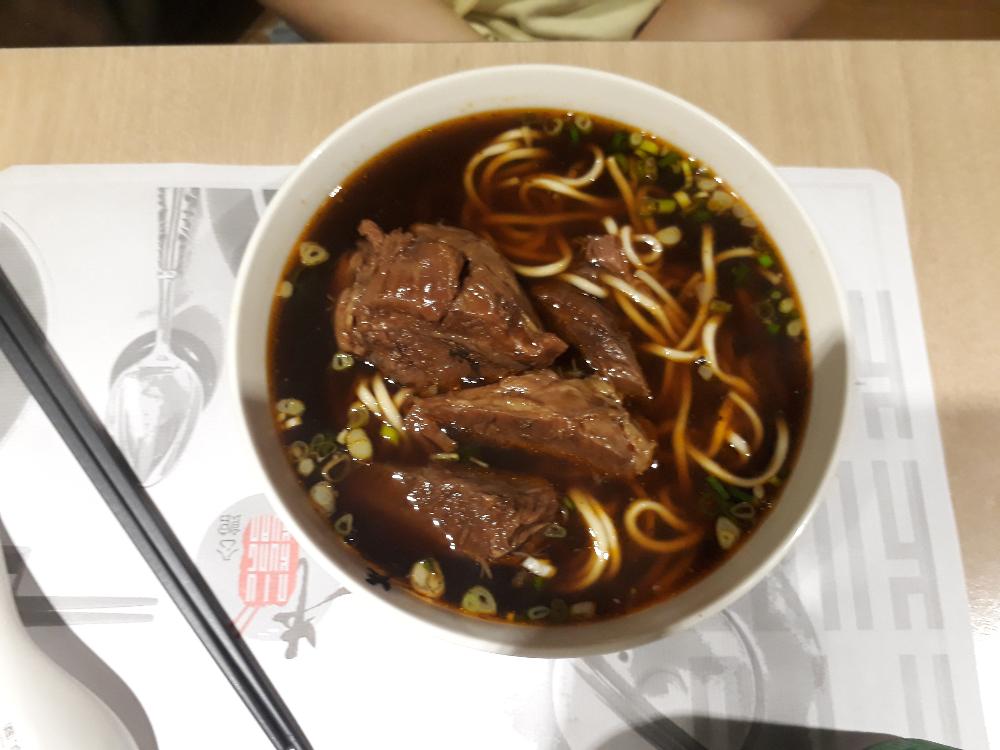
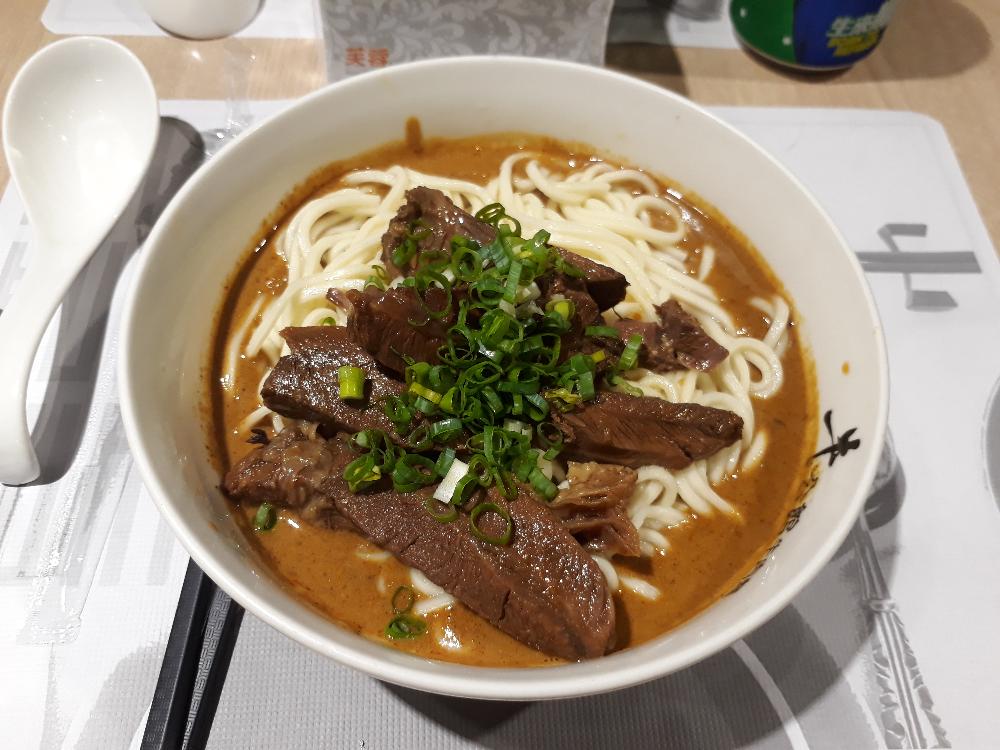
- Soup Dumplings or Xiao Long Bao; They are a famous snack originated from the south of Changjiang. It features a small size style dumpling steamed in a wooden circular bowl, with different fillings (generally pork, chicken, crab-meat, vegetables etc) the taste is juicy and fresh. It's made with a thin wrapper and exquisite shape. The dumplings are made to excellence, in the paper-thin wrappers and nice presentation, chefs spread flour on the rolling pin before rolling the dough. Traditional dumplings have at least 14 folds each, but in some stores that are particularly dainty about soup dumplings like Din Tai Fung Restaurant, here a soup dumpling might have over 18 folds!
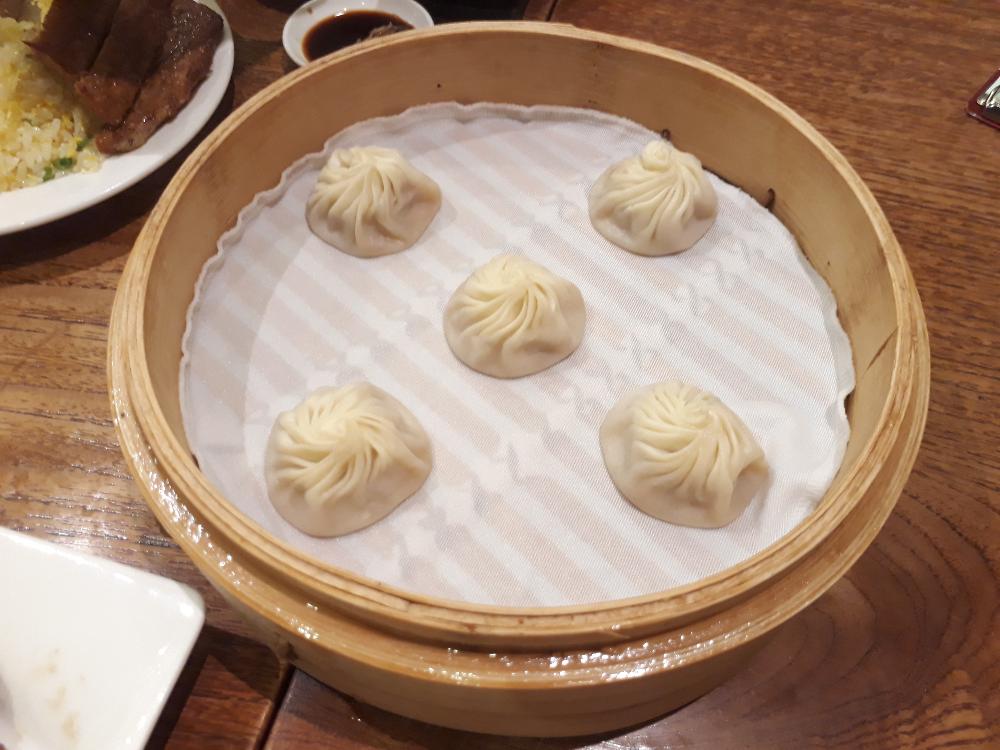
- Minced Pork Rice (Stewed Pork Rice): It's a bowl of minced pork rice with a unique texture to the tenderness of the pork without greasiness. You can find minced pork rice everywhere from a street vendor to a five-star hotel. Stewed pork rice commonly refers to the minced pork rice served in Northern and Central Taiwan of which the pork is minced by a knife and stewed with soy sauce. In Southern Taiwan, the pork is minced by machine and the dish is called minced pork rice in direct translation from Chinese.
- Intestine and Oyster Vermicelli: Vermicelli is a common Taiwanese food. It consists of light brown noodles in a bowl of thick, very flavourful soup. The bowl is then topped off with a few oysters and some cilantro, with vinegar available for the eater to add to taste. It’s very rich, but only if you are into Oysters. You can add some chilli sauce, black vinegar, minced garlic and coriander to elevate the flavor! As well Chopped intestines are often offered as an addition to oyster vermicelli.
- Oyster Omelette: a perfectly cooked oyster omelet with a crispy texture from the coating made of yam flour and cornstarch. Each store boasts their signature chilli sauce that adds to the smooth and chewy mouthfeel of oyster omelettes. The scent of eggs explode in your mouth as you first take a bite of the omelette with refreshing vegetables. It is a popular snack when you visit a night market in Taiwan.
- Stinky Tofu: was named after the special aroma of fermented tofu. Whether it is deep fried or steamed and stewed, that indescribable flavor is what makes it an iconic local snack. Taiwanese people love it whereas most visitors find it horrible. The first time you smell stinky tofu, it doesn’t really makes you hungry. Surprisingly, it doesn’t taste as terrible as it smells. Wouldn’t say that it tastes good either, but most visitors can at least find it , "eatable" or better say "swallow-able". Most stinky tofu vendors in Taiwan offer deep fried ones with non-spicy Taiwanese kimchi or sichuan kimchi as a side dish to balance off the greasiness of the tofu. Now a days spicy stinky tofu is a new way of enjoying fermented tofu. It comes with duck blood curd and pickled cabbage in a thick spicy broth immersed in the unique stinky tofu aroma. Some vendors even add intestines to the dish known as “intestine stinky hotpot”! It is a truly unique Taiwanese dish but not tasty for everyone!
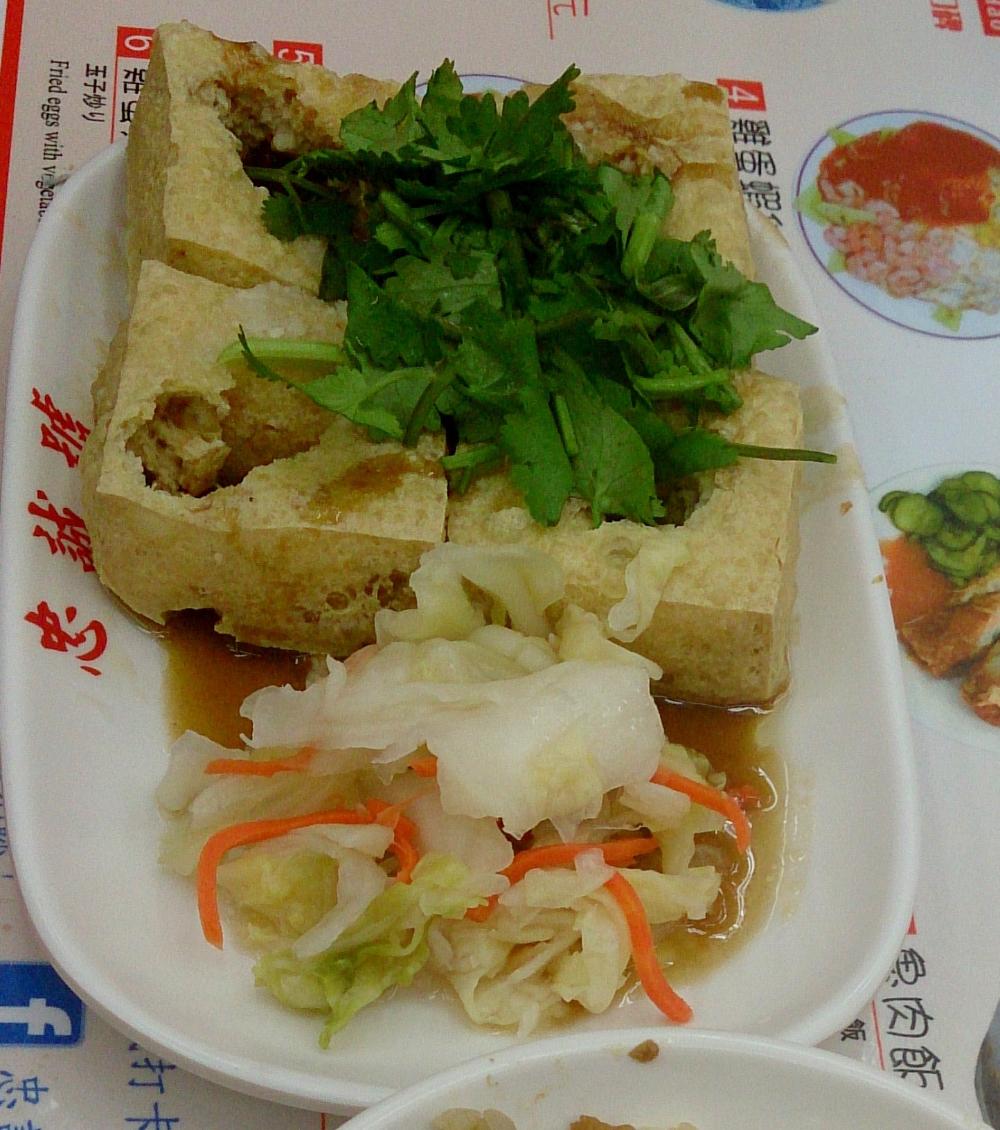
- Chicken cutlet: With a great variety in flavors from chilli pepper to various seasonings like five-spice, seaweed or wasabi, this deep fried chicken is a favourite amongst Taiwanese! There are even variants like barbecued chicken cutlet with sweet sauce and Japanese-style cheese chicken cutlet with cheese fillings. Cooking method varies from the traditionally deep fried version to charcoal grilled or cheese casserole. There are also vendors that feature gigantic chicken cutlets or chicken thigh cutlets.
✔️Tip: Try this modern favourite, the Hot Star, large Fried Chicken. The first Hot-Star location opened at Shilin Night Market. (Taipei). Today, the restaurant has chains across Taiwan and across the globe. It's famous for the slabs of the juicy fried chicken breast, which comes spicy or normal. It can be eaten anytime of the day and its a popular option for takeaway by locals and visitors! Popular places to find the Hot Star outlets are in Ximen area and Shilin. (night market).
- Shaved ice was first introduced to Taiwan during the Japanese colonial period. It is made with an ice-shaving machine and added with different toppings and sauce. It has since become a very common treat in Taiwan. Top choices include a bowl of mango shaved ice, taro shaved ice and red bean shaved ice or brown sugar shaved ice!
- Pineapple Cake: is a renowned Taiwanese snack made of flour, butter, sugar, eggs, Chinese squash and pineapple jam. The tender fillings inside the shortcrust coating is full of local flavors that are simple yet authentic. It is also one of the most popular food souvenirs to take back with you as many shops sell the Pineapple cake in nicely presented boxes with different flavours and colours.
- Other snacks: Many other snacks can be found along all the night markets, old streets and popular night gathering areas which are very common to buy from street vendors who come out with their trolleys or stalls and delight any visitor with cheap snacks prepared on site. You can find dumplings, friend squid, fried octopus balls, juices, sweets, sausages, meat snack, soups and even ice cream!
As for drinks: Tea is a major component of Taiwanese culture, with the island producing many acclaimed varieties "oolong" being the most famous. Teahouses are found in great numbers, ranging from the traditional to the contemporary. Many tea-shops embrace modern innovation, as a result is the global popularity of bubble tea (a cooled tea-based drink containing small tapioca balls and drunk through a straw), which originated here.
Alcohol is easy to come by, although there’s not always a huge variety on offer. The most popular drink is Taiwan Beer, while something stronger is the local firewater, gaoliang jiu, which is made from sorghum.
This is the most typical and renowned drink in Taiwan, and now is available to buy worldwide as it has become so famous. The tapioca pearls at the bottom of the drink are often mistakenly referred to as the "bubbles." However, bubble tea is another term for milk tea. Bubble tea (also known as pearl milk tea, bubble milk tea).
It was invented in Tainan and Taichung in the 1980s. It contains many different flavours of tea (which you can choose from), milk, as well as sugar and ice (optional). The toppings are also many, such as chewy tapioca balls (the most typical to have in Bubble tea), also known as pearls, fruit jelly, grass jelly or agar jelly.
The two most popular varieties are black pearl milk tea, brown sugar bubble tea and green pearl milk tea. Best drank cold, with some ice during the hot months (May to September).
Taiwan surprised me the most out of the Asian region, in all positive ways. It's a very well developed region, with a modern approach on traditional values and habits but not forgetting their ancient customs. It's major city, Taipei, offers so much to see and do, both cultural and for entertainment. Nights in the city are just amazing! With their night markets, full of LED lights, shops open till late, loads of eateries and with a buzzing nightlife after midnight for those who can party well into the night! If this wasn't enough there is also abundant natural scenery with great view points around the city.
It also helped a lot to be with locals who are fluent in English and can show you around and explore much more of this incredible city. Also, staying longer is recommended to explore other cities, smaller towns and beaches. Taiwan has it all...Definitely a recommended destination not to be missed on this side of the world!
(6 times visited)
Tourism Information Guides
| County 🗺️ | Guides ✒️ |
|---|---|
| Taipei County | Taipei City, Jiufen, Houtong, Fulong, Pingxi, Shifen, Jinshan, Pinglin |
| Keelung City | Keelung |
| Yilan County | Jiaoxi, Yilan, Su'Ao, Nafang'Ao |
| Hualien County | Hualien |
| Taichung County | Taichung City |
| Kaohsiung County | Kaohsiung |
| Hsinchu County | Hsinchu |
| Taitung County | Taitung |
| Tainan County | Tainan |
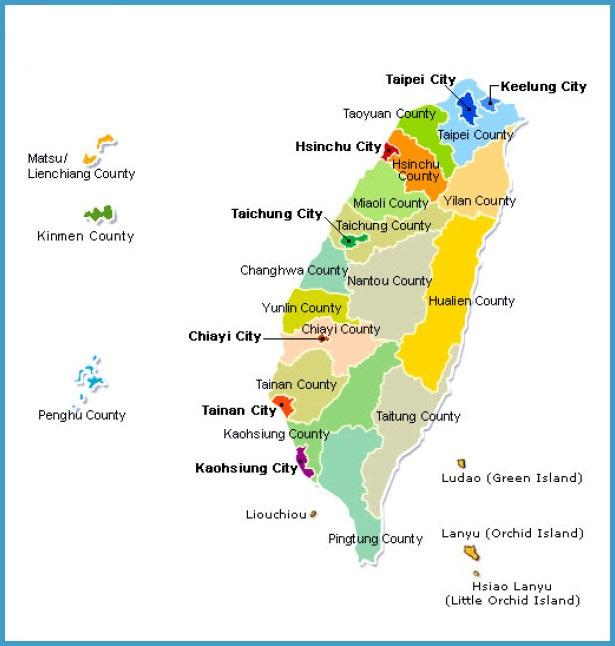
® Planet Airlines 2017-2025

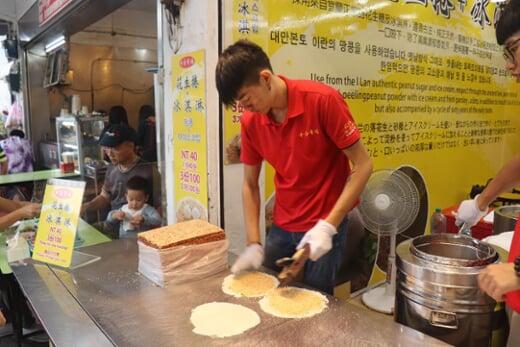
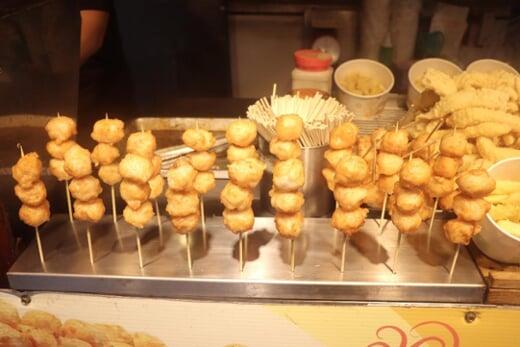
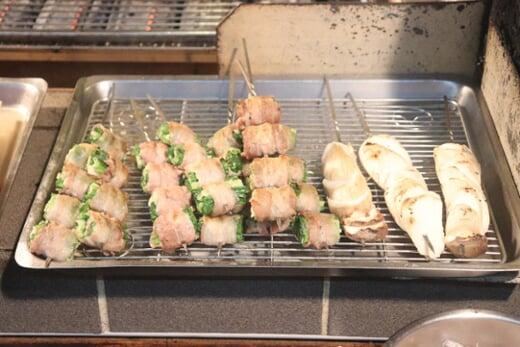
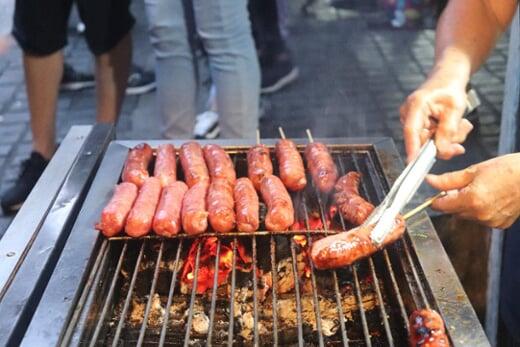
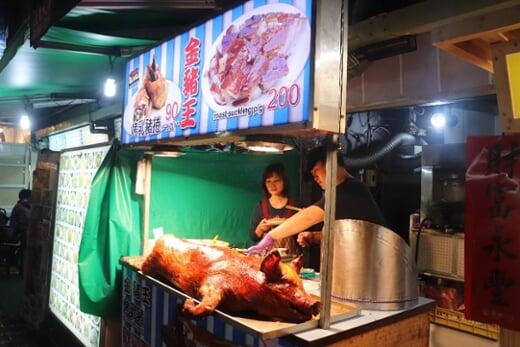
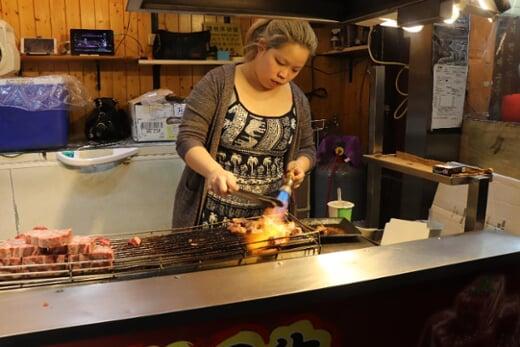
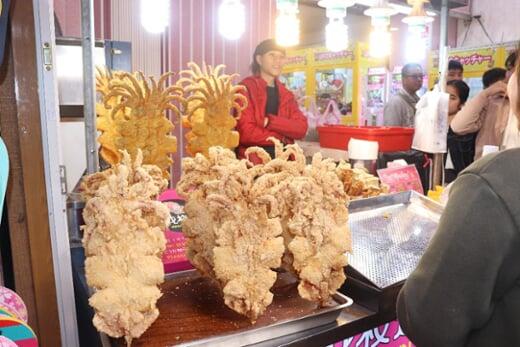
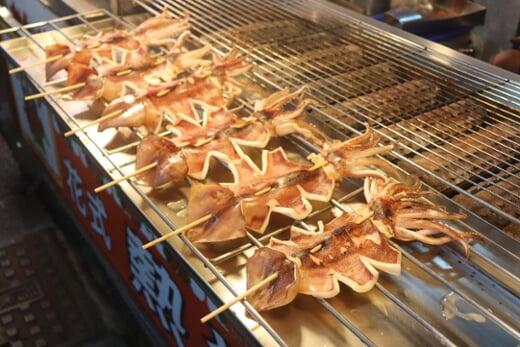
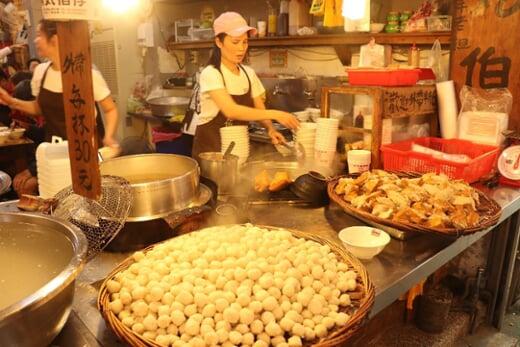
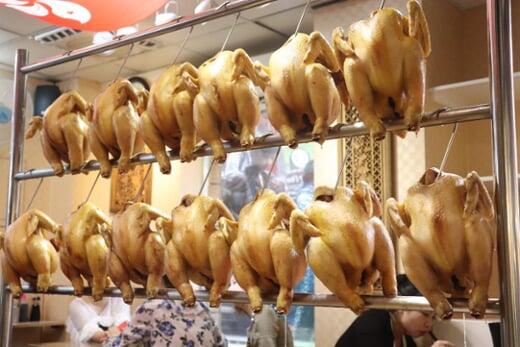
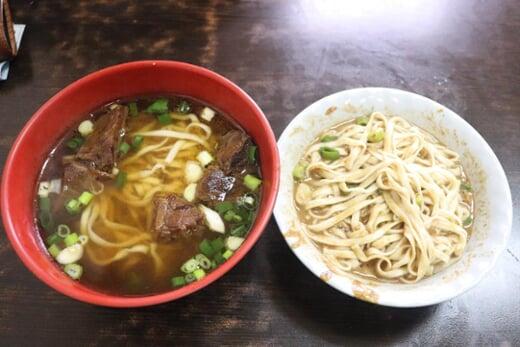
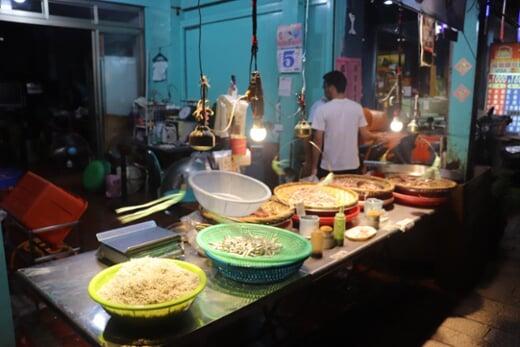
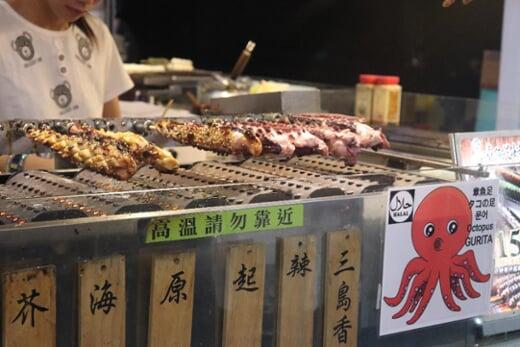



.png)